Explained in PICS: RBI Digital Rupee Vs UPI-- check how both are different from each other
)
India is moving toward becoming entirely digital in the next years. Unified Payments Interface (UPI) is already used far more frequently than cash in India. The country aspires to reach the next stage of digitization with the introduction of the central bank digital currency (CBDC) of the RBI, the digital rupee. Now the question arises of how is digital Rupee different from UPI. Scroll ahead to the gallery to know about it.

The main distinction between e Rupi and UPI is that e Rupi is a currency that enables digital transactions, whereas UPI is a platform that facilitates digital transactions.
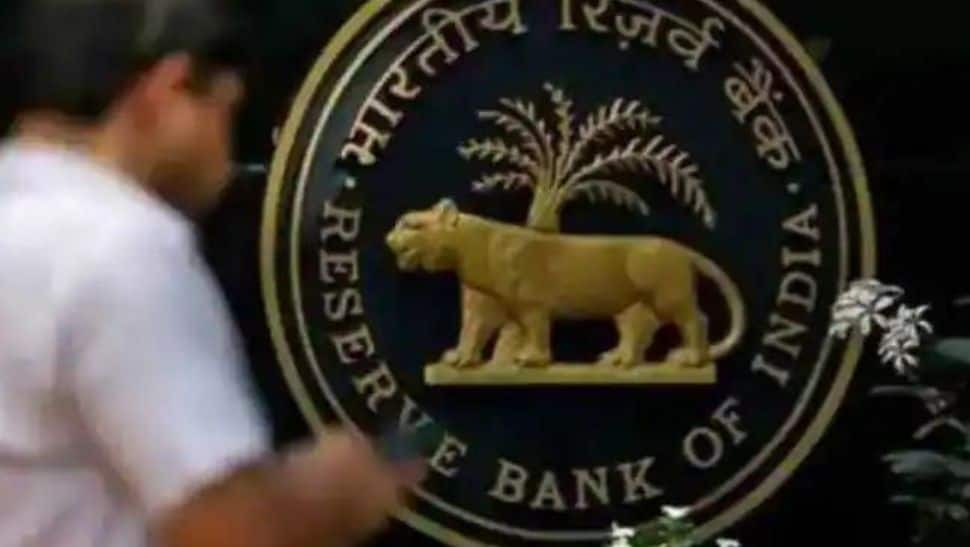
Every UPI transaction involves the bank serving as a middleman. As a result, the UPI app debits the bank account and transfers the funds to the recipient's bank.
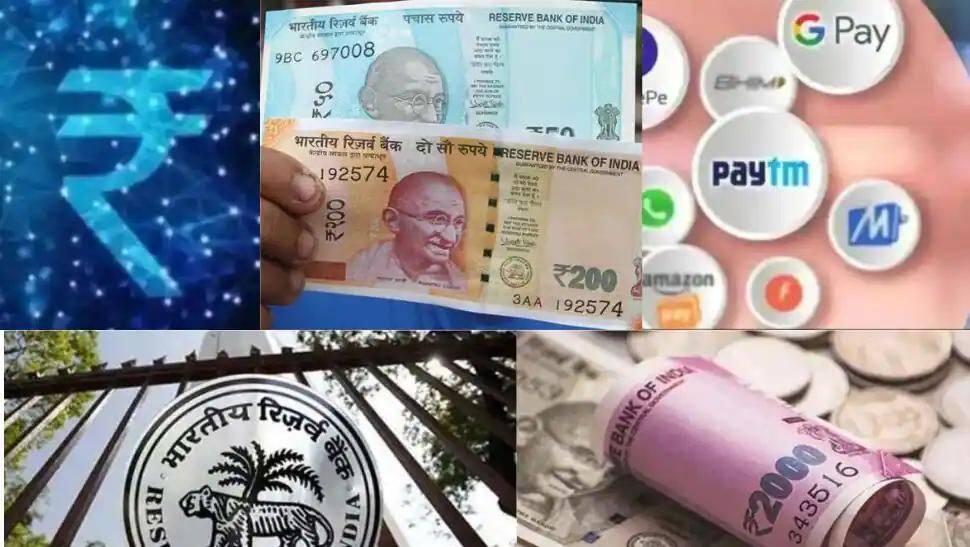
You can withdraw e Rupi from your bank account, put it in your phone wallet, and use the money from the wallet at any store, just like you would with actual currency. In contrast, while utilising UPI, you tell your bank to transfer money from your account to the vendor's bank account.
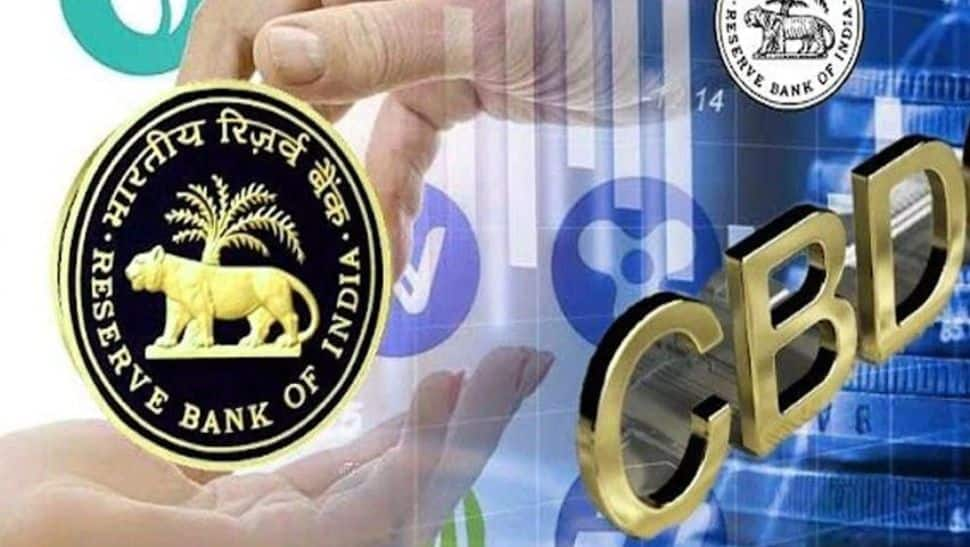
A debit or credit card, online banking, a mobile wallet, and other payment methods are all accepted on the UPI network. But utising e Rupi is similar to using a mobile phone to make digital purchases with actual money.
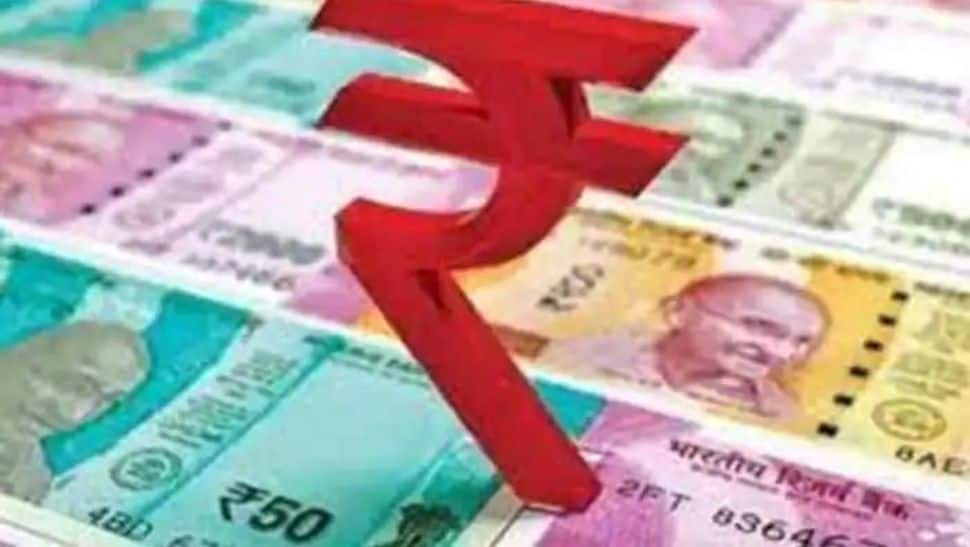
The money is taken out of your bank account when you pay in rupees using UPI. In contrast, the sum is taken directly out of the e-rupee that you purchased.
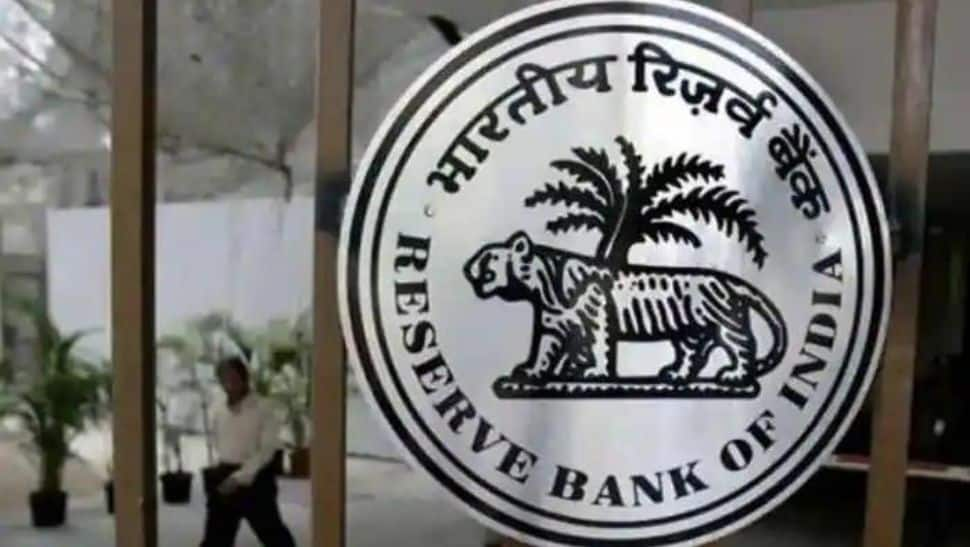
This electronic form of sovereign cash is run by the RBI and does not involve any specific handlers.
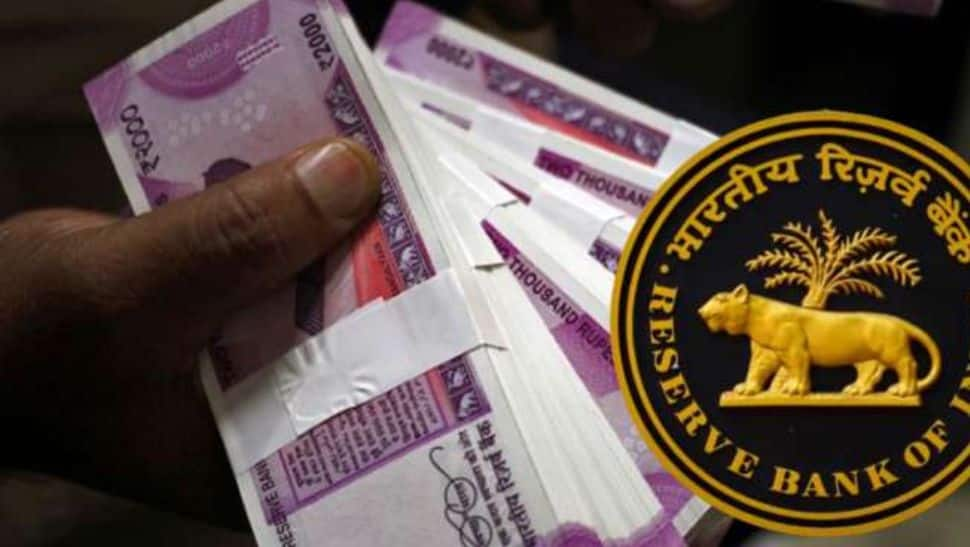
Similar to the case with actual cash, the CBDC's anonymity is another inherent quality. However, banks have the data in UPI transactions.

